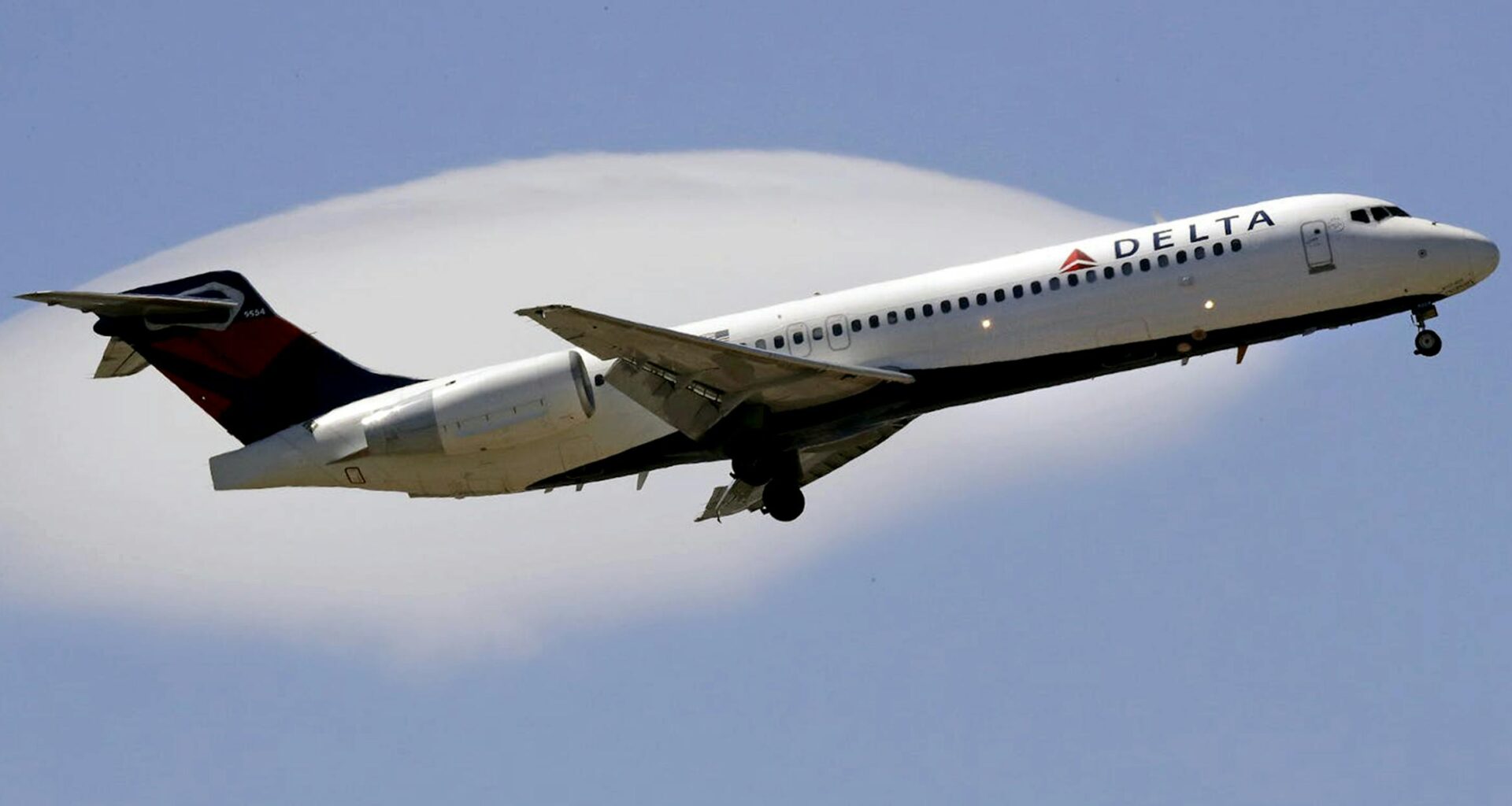The Federal Aviation Administration and National Transportation Safety Board were investigating. A Delta spokesman said specific details, such as how the pilots learned of and were prepared for the conditions Wednesday, were part of the ongoing investigation.
Pre-flight planning and briefings, assisted by weather forecasting models, help pilots avoid trouble spots along any particular route. Typically routes are drawn to avoid any large storms with convective activity, one of the causes of turbulence. Pilots are also trained to watch out for turbulence from geographic formations like mountain ranges.
Slack said the turbulence arising from convective activity, such as a thunderstorm, is usually easier for pilots to spot before and during a flight. Airplanes are equipped with weather radar technology that sends alerts. Air traffic controllers may also provide updated weather information shared by other pilots, called ride reports, hundreds of miles away from a hazard.
“The rule of thumb is, stay as far away from that stuff as you can,” Slack said.
Another type, more difficult to navigate, is clear-air turbulence. It is caused when airplanes are hit with upward-moving air, or vertical wind shear, within the east and westbound air currents, known as jet streams, in which airplanes fly.
Climate scientists say the warming planet is causing clear air turbulence to become a greater concern. One study conducted by atmospheric scientists at the University of Reading in England last year found the “invisible, hard-to-predict” type of turbulence has become more prevalent in the Northern Hemisphere since 1980.
